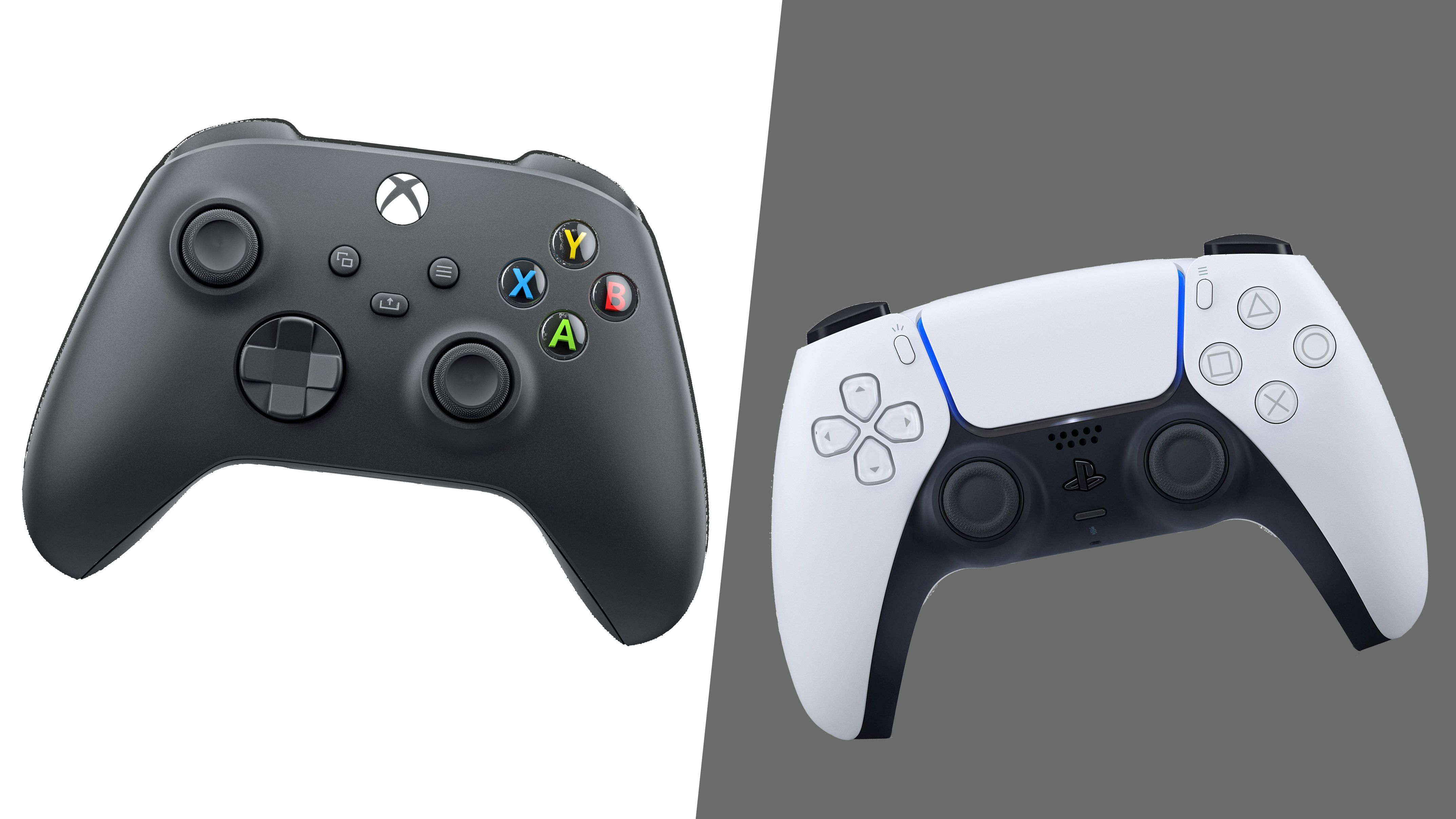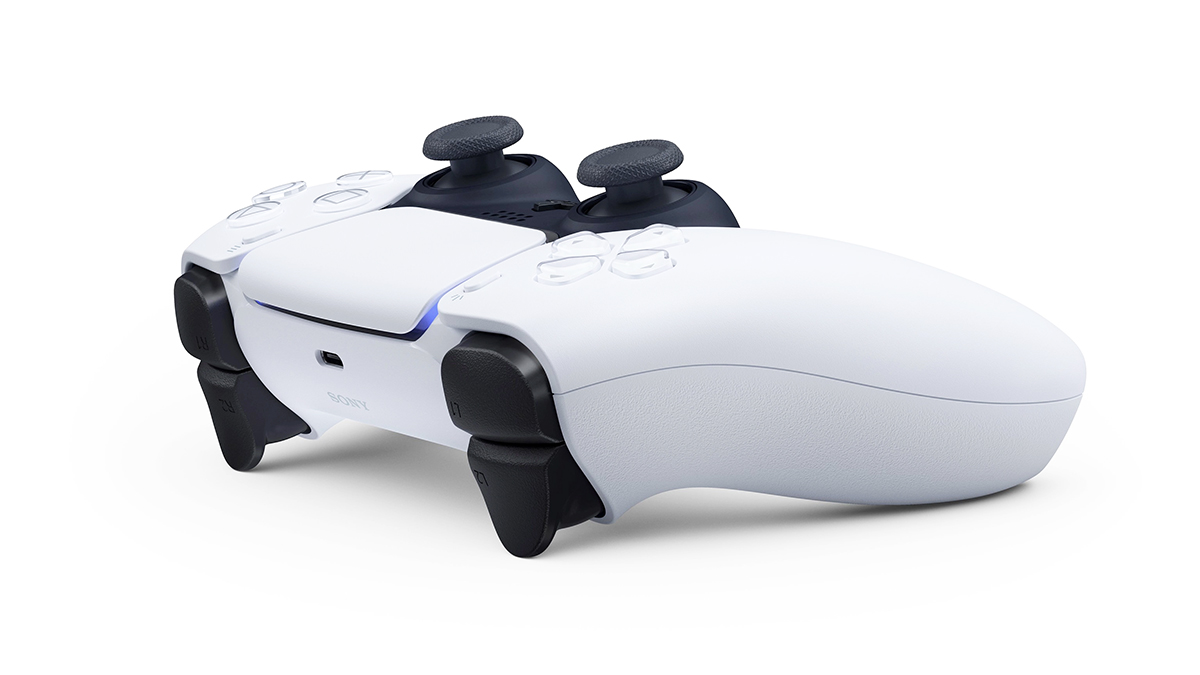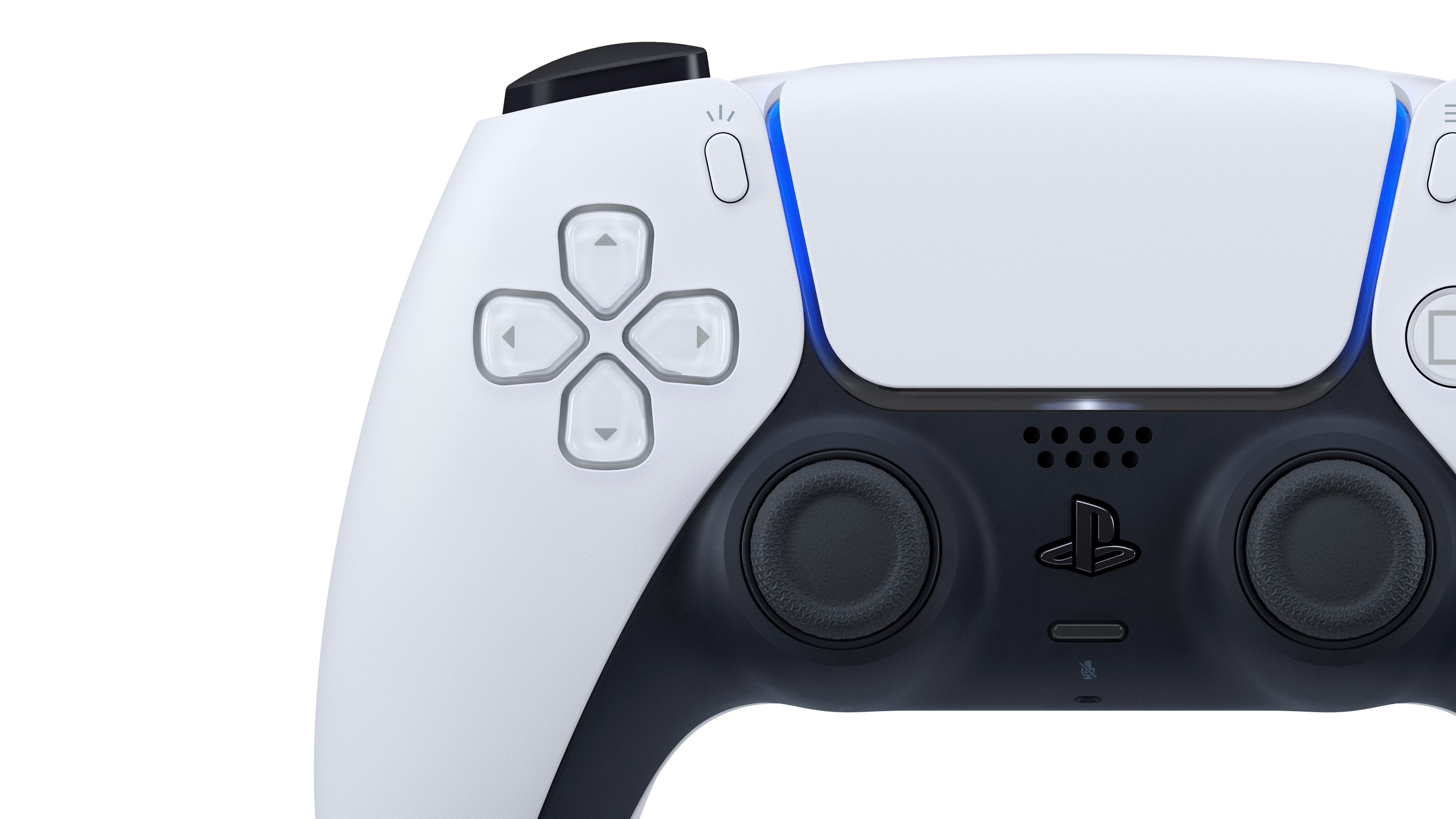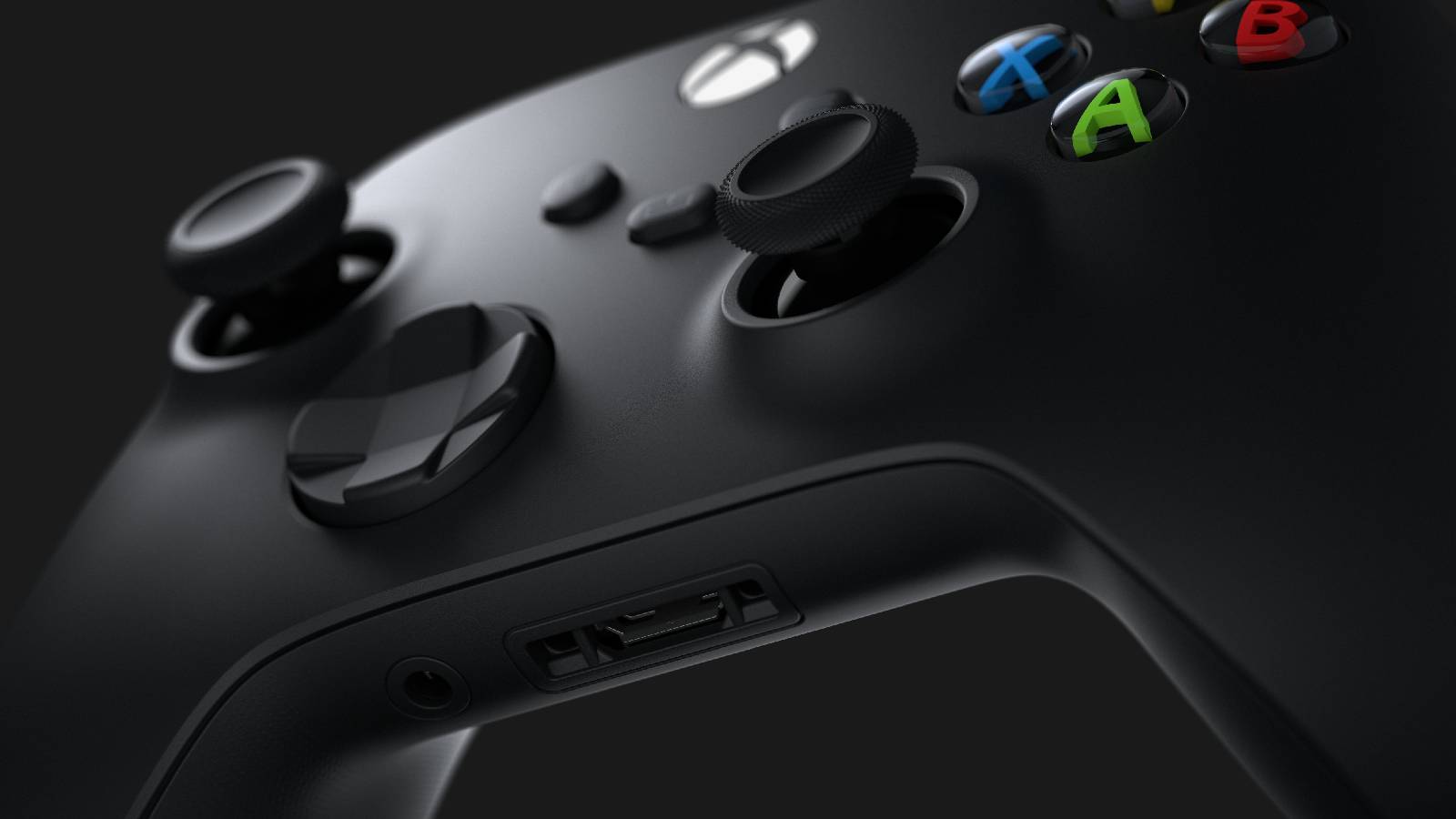
PS5 DualSense controller vs Xbox Series X controller: which gamepad will be best?
by Lloyd CoombesPS5 DualSense controller vs Xbox Series X controller: which gamepad will be best?
Which do you want to get your hands on?
(Image credit: TechRadar)
With the PS5 and Xbox Series X on the horizon, gamers will once again watch as Sony and Microsoft fight it out for their hard-earned cash. While games and graphical performance (and loading times) seem to be the main topics of the current conversation, we shouldn’t rule out the impact next-gen controllers are going to have in the future.
Both companies have already revealed their next-gen gamepads, with each taking a radically different approach. While Microsoft is focusing on accessibility and familiarity with the Xbox Series X controller, Sony’s PS5 DualSense controller is almost alien in its design and is introducing features the company thinks will truly enhance the next-gen gaming experience.
Want to know how the two controllers stack up against one another? We’ve put together this PS5 DualSense controller vs Xbox Series X controller guide, providing an in-depth comparison of the two next-gen gamepads.
- PS5 vs Xbox Series X: what we know so far
- PS5 games: all the games rumored and confirmed for the PlayStation 5
- Xbox Series X games: every exclusive and cross-gen game announced so far
PS5 DualSense controller vs Xbox Series X controller: release date

As you’d expect for new console controllers, both the PS5 DualSense controller and the Xbox Series X controller are expected to launch alongside the PlayStation 5 and Xbox Series X respectively.
Of course, at the time of writing, we don’t know exactly when that’ll be – but we do know it’ll be sometime between October and December this year.
We’ll update this as soon as we know when you can literally get your hands on one.
PS5 DualSense controller vs Xbox Series X controller: price

Similarly, the price for both controllers is unknown at present, although we can hazard a guess based on the currently available hardware.
The DualShock 4, Sony’s current controller, retails at around $70/£60. That price hasn’t changed in the seven years since launch, likely because of features such as the light bar and touchpad. While both have been divisive (and under-utilized) there’s no denying that they invariably make the controller more expensive to manufacture.
With DualSense potentially adding yet more features (which we’ll come to), there’s every chance it could be more expensive than its predecessor.
Meanwhile, the current Xbox One controller has seen its own share of revisions over the years, but the standard price is around $60/£50, making it slightly cheaper than Sony’s offering. It doesn’t include a rechargeable battery pack, however, and the Series X controller will also be powered by AA batteries – so expect to fork out for a Play and Charge Kit for the privilege of charging while you game.
Expect the Series X to retail for a similar price as the Xbox One controller, but don’t forget that thanks to backward compatibility with accessories your current controllers will work on Series X.
- The best DualShock 4 deals: cheap PS4 controller prices
- How use the DualShock 4 controller on a PC
PS5 DualSense controller vs Xbox Series X controller: design

Both companies are taking drastically different approaches to controller designs with next-gen, with Sony doing away with the traditional Dualshock design and Microsoft doubling down on their current design.
The immediate change you’ll notice with the PS5 DualSense controller is in its white coloring, something restricted to limited edition PlayStation controllers in the past, while the central part of the controller remains black. While the analog sticks are in the same place, the face buttons are no longer colored which gives the controller a more premium look.
Elsewhere the touchpad returns, and the light strip that was embedded within it since the Dualshock 4’s mid-cycle revision is now positioned around the touchpad itself, almost framing it.
The ‘Share’ button has been replaced with the ‘Create’ button, which Sony says they are using to “pioneer new ways for players to create epic gameplay content to share with the world”. Expect more information on that in the lead up to launch.
The controller is also now charged via USB-C connection as opposed to the previous mini-USB. USB-C is becoming the new standard and means you’ll be able to charge your controller via the same cable you use for many Android phones, recent iPad Pros, MacBooks, or your Nintendo Switch.
That USB-C port can also be found on the Xbox Series X controller, although Microsoft’s changes are much more conservative. For one, a new ‘Share’ button has been added to the center of the controller, hopefully meaning we’ll no longer be digging through menus in the heat of battle to grab a clip.
The D-pad has also been switched out for a hybrid dish-style input that draws inspiration from the Xbox Elite Wireless Controller to allow more control over complex inputs that you might find in a fighting game for example.
There are also new textured grips on the triggers, hopefully preventing players from slipping in those tense battle royale encounters, and the general outline of the controller has been minimized to help smaller hands feel comfortable holding it.
PS5 DualSense controller vs Xbox Series X controller: confirmed features

The Xbox Series X controller has a nifty feature under the hood that involves sending information from the controller to the console (and the TV through HDMI) more frequently to allow your actions to match up with frames on the screen.
That shaves milliseconds off of response times and is part of what the company is calling Dynamic Latency Input.
The controller will work on the same Xbox Wireless Radio infrastructure of the Xbox One and continues to offer Bluetooth compatibility using Bluetooth Low Energy pairing to make switching devices instantaneous – something that is likely to be very helpful if you’re planning on streaming Project xCloud to other devices you own.
Sony’s DualSense offers much more player-facing technology. While it too will offer Bluetooth connectivity, the headline addition is haptic feedback.
This technology, built into the game’s triggers, will allow players to feel in-game actions like pulling back the string of a bow or walking or driving through thick mod through the triggers. It sounds very impressive, and recently Mike Bithell, developer of Thomas Was Alone and John Wick Hex suggested the controller might let you feel individual drops of rain.
In addition, the DualSense has its own built-in microphone, and Sony says you'll be able to use this to talk with your friends online without the use of a gamepad.
It’ll be down to developers to implement the tech of course, but expect Sony first-party studios to adopt it regularly. It’s also a difficult thing to convey without hands-on time, so we’ll update this as we know more.
- The DualSense PS5 controller is packed with fancy features - but they won’t get used
- PS5 price and pre-orders: how much will the PlayStation 5 cost and when can you buy?